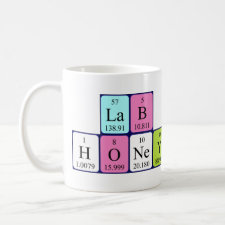
Authors: Xu XY, Tian XG, Cai LG, Xu ZL, Lei HT, Wang H, Sun YM
Article Title: Molecularly imprinted polymer based surface plasmon resonance sensors for detection of Sudan dyes.
Publication date: 2014
Journal: Analytical Methods
Volume: 6
Issue: (11)
Page numbers: 3751-3757.
DOI: 10.1039/C3AY42230E
Abstract: The demanding task of monitoring illegal dyes in foodstuffs requires sensitive detection methods. Here, a surface plasmon resonance (SPR) sensor, combined with a 75 +/- 5 nm thick molecularly imprinted polymer (MIP) nanofilm as a recognition element, is used for the selective detection of Sudan dyes. The MIP-SPR sensor chip was fabricated by anchoring the MIP nanofilm of Sudan I on a gold chip via surface-initiated in situ polymerization. The surface morphology and thickness of the MIP films were characterized by atomic force microscopy (AFM) and scanning electron microscopy (SEM). The adsorption properties of the sensor chip were studied through application as an SPR sensor. The MIP-SPR sensor exhibited excellent adsorption capacity, and high sensitivity and selectivity for Sudan dyes. The SPR response was linearly proportional to the concentration of Sudan I over the range 50-400 ng mL-1. Based on a signal-to-noise ratio of three, a detection limit of 30 ng mL-1 was established with a 400 s response time. Non-imprinted SPR sensors were compared in terms of selectivity with MIP-SPR sensors and it was found that all the recognition coefficients (α) for Sudan I-IV were greater than 1. The MIP-SPR sensor also showed reproducible response over three equilibration-adsorption-regeneration cycles
Template and target information: Sudan dyes, Sudan I, Sudan II, Sudan III, Sudan IV



Join the Society for Molecular Imprinting

New items RSS feed
Sign-up for e-mail updates:
Choose between receiving an occasional newsletter or more frequent e-mail alerts.
Click here to go to the sign-up page.
Is your name elemental or peptidic? Enter your name and find out by clicking either of the buttons below!
Other products you may like:
 MIPdatabase
MIPdatabase









